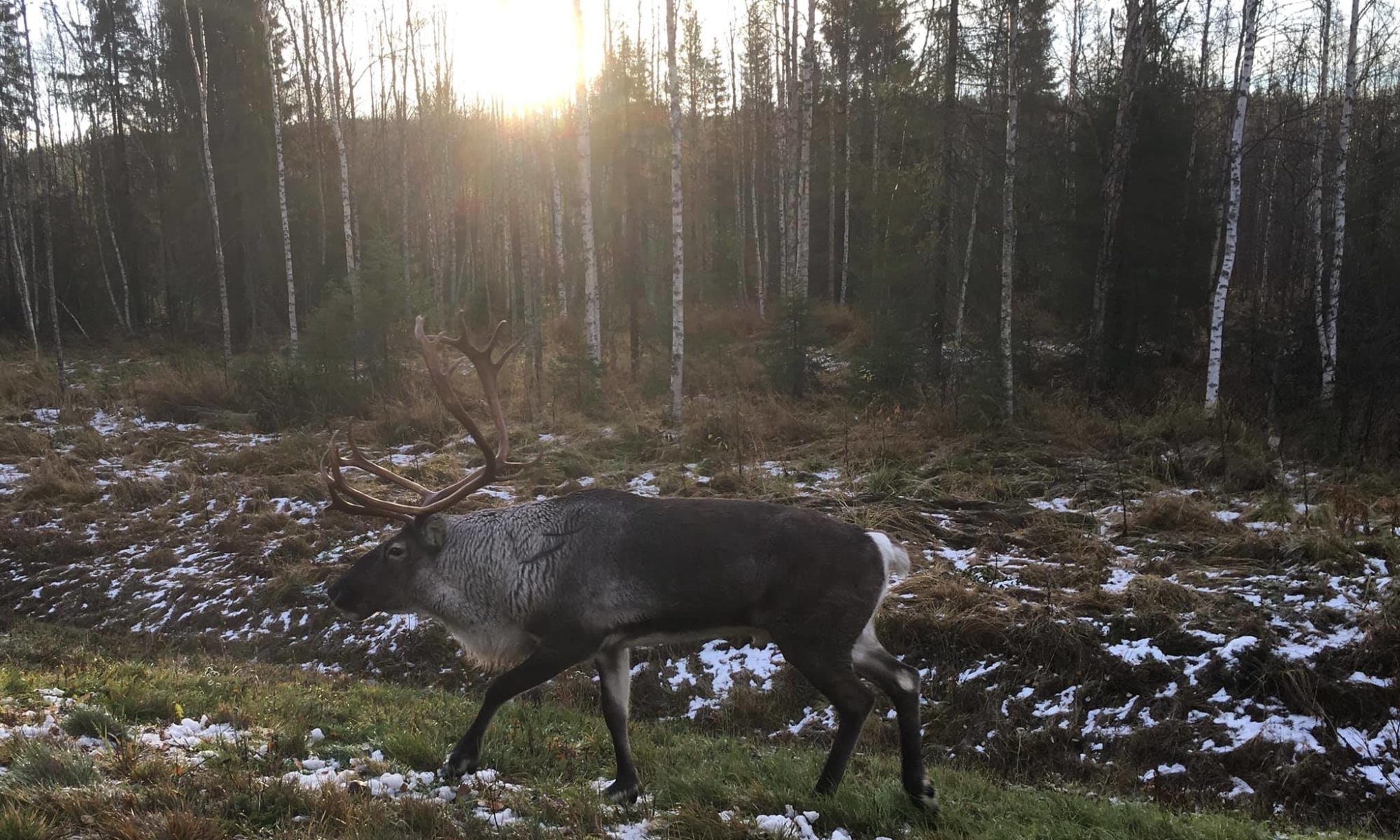With the shift to online teaching, I have been rethinking a lot of my teaching style and activities. I am making a concerted effort to turn something I may have traditionally “lectured on” into something collaborative and interactive for students. I rely heavily on Google Suite (Google Slides in particular) since it allows live collaboration in an online learning environment.
For living primates, I start the section by with the primate phylogeny, building the phylogeny in real time via Google Slides incorporating key features along the way. Please feel free to email me about what this might look like. Then, I set students off on a series of collaborative tasks.
Primate 5 Statements
For this activity, I split the students into breakout rooms on Zoom, and each group is assigned a slide within the Google Slides file (link below). Each slide contains 5 statements about a mystery primate. Their goal is determine which primate is being described in the slide. The first 2-3 statements can typically be answered using the phylogeny we built together as a class. The last statements require them to do a little research to figure it out. This takes about 10 minutes. I then bring the class together and have each group present on their mystery primate. Here are links to the Slides I put together, I just ask that if you use these you make copies for yourself and leave my slides unaltered.
Primate 5 Statements Activity – Answers
Primate Dentition
For this activity, I again split students into breakout rooms on Zoom, and each group is assigned a slide within the Google Slides file (link below). Each slide contains a particular type of dental morphology. The students are asked to describe the different features they observe, hypothesize what diet they think those teeth are specialized for, and then be able to explain their reasoning. This takes a little less than 10 min. The class comes back together, and each group describes their findings. Here is the link to the Slides I put together, I just ask that if you use this you make copies for yourself and leave my slides unaltered.
Primate Locomotion
For this activity, I start by briefly describing the different kinds of primate locomotion. Then, I again split students into breakout rooms on Zoom, and each group is assigned a slide within the Google Slides file (link below). Each slide identifies two different forms of locomotion. Students are asked compare and contrast these two forms of locomotion and draw what a primate that does each of these forms of locomotion might look like. I tell them to focus on potential adaptations in: limb length, vertebral column length (especially the lumbar region…lower back), tail (presence and type), hands & feet morphology, and shoulder blade location/orientation. I ask them to draw on paper, take a picture, and then copy and paste that picture into their assigned Google Slide. This activity can take 25-30 minutes. Here is the link to the Slides I put together, I just ask that if you use this you make copies for yourself and leave my slides unaltered.
